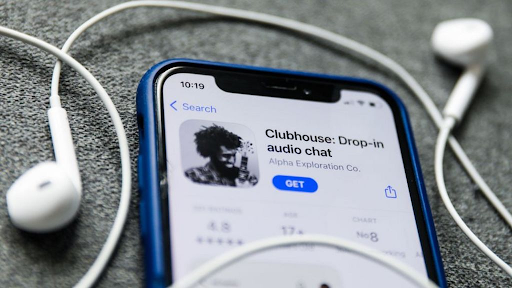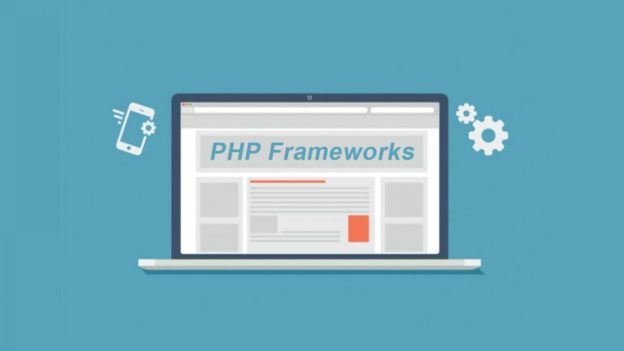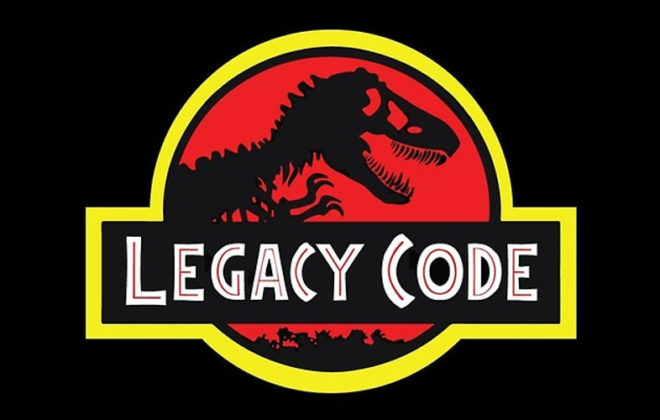How can you save money on mobile development?
Any application consists of two basic components – design and functionality. The good news is that you can save on both.
Saving on functionality
There is such a thing called MVP – Minimum Viable Product.
You have a super idea. Delivery of oranges. You are sure it will blow up the market here and now. You fantasize about a million delivery methods, choosing oranges by weight, size and thickness of the peel. Possibility to apply a company logo and birthday greetings to the orange. Orange bouquets, merch, T-shirts with your company logo and a YouTube collaboration with a celebrity.
This is all, of course, wonderful. But at first, it is wiser to limit yourself to the most minimal set of options, both in business and in the application created for business tasks.
Build a high-quality, scalable, code-sane, and user-friendly application. And let there be only two screens – choose an orange and order delivery to the address. And the third one with your signature chip, for example, putting a name and congratulations on an orange.
That’s all. This is enough to get started and see the reaction of the respected public. Leave the rest of the options, extensions, features and tweaks as points of growth.

You can draw a roadmap and develop the application on it. Q3 2021 – Adding the ability to apply a custom print to an orange. Q4 2021 – GPS trekking of the orange courier. Q1 2022 – Creation of a recommendation service for orange varieties …
Fast is slow, but constant. And also – on the right path. Limit yourself to the MVP for launch and, if everything goes well, you will always have time to add something new. If everything is bad, reduce losses.
Savings on design
Of course, you want it to be beautiful. And you also want it to be “not like by everyone else.” You want it to amaze, fall in love, cause almost physiological addiction.

“We will make such icons that you want to lick them!”
IOS and Android have so-called guidelines – voluminous lists of recommendations on how to design, so that neither developers nor users curse you. If you follow them and place all the buttons where they expect to find them, then you can save a lot of effort for programmers, money for yourself and nerves for users.
Standard solutions are not bad. A minimum of animation is also a minimum of brakes on inexpensive phones. Cunning elements, mysterious shadows, elements that pop up from nowhere: all this looks cool in presentations, but in reality it often turns out to be unnecessary, secondary, and sometimes even interferes with the vigorous launch of the application on the market.
If you are limited in time and budget, you can get by with standard templates, simple recommendations and a clear interface. Paint everything in brand colors and paint a nice icon. You don’t need more for a good start.
Savings on the platform
Yes, you have to write natively. Yes, on both platforms, and yes, damn it, it’s a worldwide division into Apple and Android. Yes, that’s twice the money. And if not?
The recent take-off of Clubhouse demonstrates better than any persuasion – release only under one platform, let everyone fight. Android users are cracking crazy decisions to run an application on a PC, Apple found another reason to demonstrate their amazing superiority on the same machines, taken on credit. Everyone is buzzing, downloads are coming.

Of course, not everyone succeeds in hitting such a jackpot, but in general the scheme is working. Take a closer look at your target audience, maybe there are negligible Apple users in it? Release then on Android, and announce on iOS in six months or a year. Or vice versa, are you only interested in the iOS audience, because the main way of monetization is in-app purchases? Then yes, Apple will bring much more, and Android can wait.
Ultimate savings
In general, all of the above methods are about the same. You don’t have to do everything at once – do everything … and gradually.
Build an MVP and evolve it as needed. Start with a simple design and update when the opportunity or need arises. Write for one platform, add the second later.
Do you know what else you can? You don’t have to write an application at all.
Yes, it’s funny when a shoemaker invites you to walk without boots, but of course we love money, and the truth is more expensive.
If you have a good high-quality site and the mobile version of this site fulfills all the functionality necessary at the moment, the budget is tight, the project is too small – maybe you don’t need a mobile application now?
Mobile markets are full of hastily filed, unnecessary crooked applications. Why waste time and budget? Maybe it’s better to put it for the next year, for example, and do it well afterwards? Better than now and damn it. And for this year, conduct good analytics, choose a worthy team, understand further points of growth and what exactly you need from the application at the initial stage.
In the end, it’s impossible to save more on a project than to give it up completely.
Related Posts
Leave a Reply Cancel reply
Service
Categories
- DEVELOPMENT (104)
- DEVOPS (53)
- FRAMEWORKS (27)
- IT (25)
- QA (14)
- SECURITY (14)
- SOFTWARE (13)
- UI/UX (6)
- Uncategorized (8)




